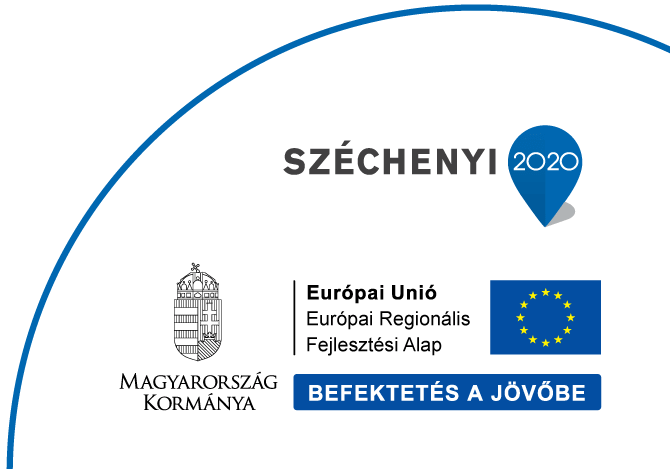Our case study helps you to have an insight into our custom project practice
KÜHNE ZRT. – INTRODUCTION OF PIRAMIS
PAYROLL AND LABOUR SUBSYSTEM


COMPANY NAME
KÜHNE Mezőgazdasági Gépgyár Zrt.

PROJECT’S DURATION
4 months
“During the decision, it was important for us to replace the “island solutions” we have had so far for an area, with an integrated product.”

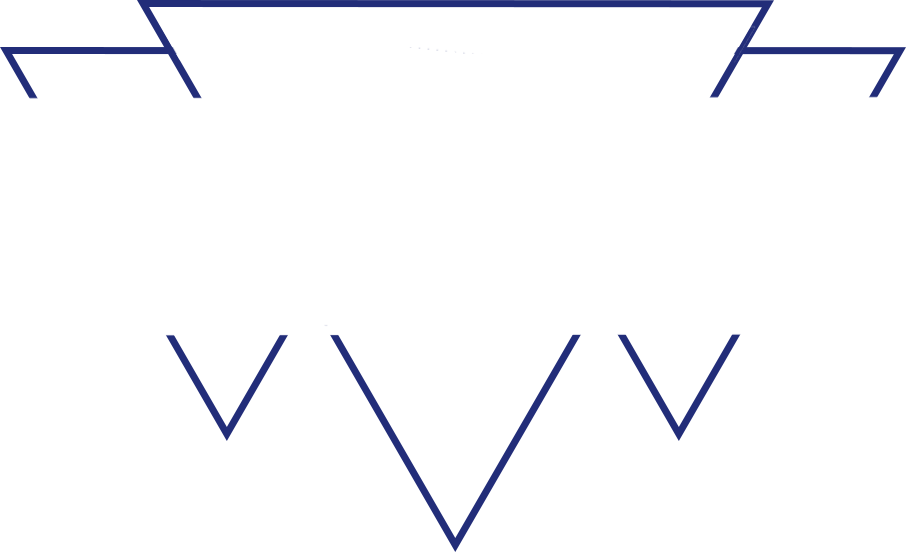
The PIRAMIS solution introduced under the project is:
PIRAMIS™ Hungarian Payroll and Labour Subsystem
The PIRAMIS solution introduced under the project is:
PIRAMIS™ Hungarian Payroll and Labour Subsystem

BRANCH OF INDUSTRY
Agriculture, machinery industry

USERS
6 persons

Headcount
350 persons

Legal persons
1 persons
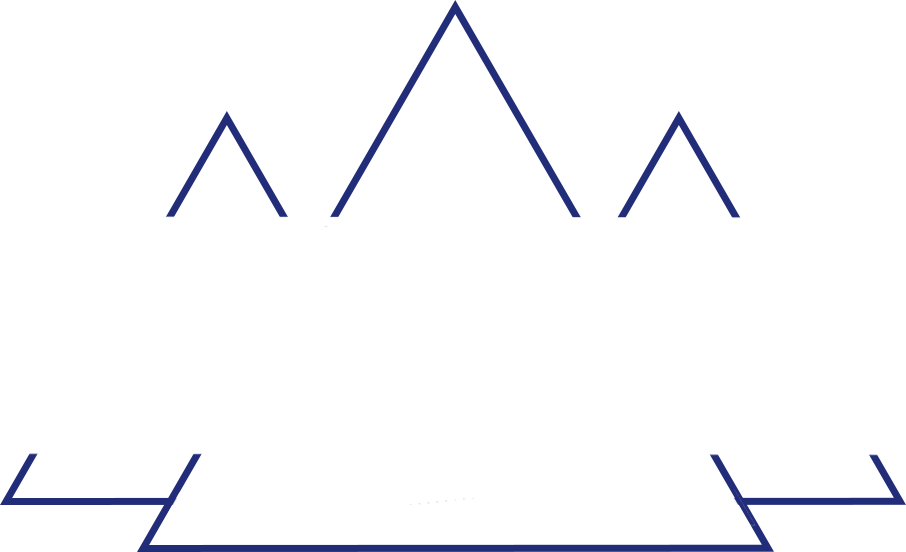
THE PURPOSE OF THE INTRODUCTION
The purpose of the introduction was to learn the operation of the PIRAMIS™ Integrated Human Expert System’s Payroll and Labour Subsystem and to replace the old payroll system with a modern solution. It was an important requirement for company’s management that it should provide information to make new decisions, enabling us to model some human and financial problems and to analyze the different versions of the decisions.

THE PURPOSE OF THE INTRODUCTION
The purpose of the introduction was to learn the operation of the PIRAMIS™ Integrated Human Expert System’s Payroll and Labour Subsystem and to replace the old payroll system with a modern solution. It was an important requirement for company’s management that it should provide information to make new decisions, enabling us to model some human and financial problems and to analyze the different versions of the decisions.
KÜHNE Mezőgazdasági Gépgyár Zrt. (Agricultural Machinery Plant Private Limited Company), the only large-scale seeding machine manufacturing company of Hungary, was founded by Wilhelm Henrik Pabst and Frigyes Krauss in 1856. The manufactory plant, they had established, was developed by Ede Kühne to become one of the industry’s most well-known factories. The strategy of the Private Limited Company, privately owned since 1997, is characterized by continuous innovation, impeccable quality and customer-oriented sales.
Our range of products includes medium and deep rooters, bed and alternating ploughs, heavy cultivators, heavy-disc harrows, compactors, seed and grain seeding machines. From 1999 onwards, the self-supporting carcases and the various built-in components of the CREDO buses are also manufactured in our premises.
We guarantee the quality of our products with the requirements of the MSZ EN ISO 9001: 2001 standard which we satisfy.
We have all the conditions of the production that are necessary for manufacturing the products in our line of business. We sell our agricultural machineries and their spare parts both domestically and abroad through our resellers and commercial specialists. Our customer-oriented trade policy allows us to meet our customers’ needs for complete machineries and spare parts any time of the year.

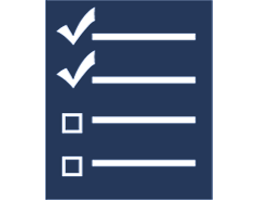
PREREQUISITES AND REQUIREMENTS FOR THE SUCCESSFUL INTRODUCTION
The introduction of a modern human-payroll system is a significant change in the life of an organization, considering especially that this is not just the replacement of an already well-known system or well-practiced manual methods and procedures with a new and unknown one, but it is very often associated with changes in the operational processes, and in some cases, with some slight changes in the organizational structure, as well.
The introduction of changes always results in smaller or greater resistance, and the main cause is the uncertainty and the fear of the new. Even during the first encounter with the software and in the various phases of the implementation, the service provider did his best to make the corporate staff feel that the selected software actually solves the lack of a non-modern human management system and the problems caused by it, which they experienced “on their own skin”. Therefore, the employees successfully identified themselves with the change because the new software resulted in satisfaction and was in harmony with their own interests and values.
For the successful closing of the project, both parties had to allocate the same amount of resources to carry out the project tasks. The maximum support and professionalism of the service provider was not enough, also we had to pay full attention to the project tasks. Practising the user knowledge gained in the training has given us enough routine to carry out the manual migration. The processing of the data at an appropriate level and quality served as a basis for the positive output of actual accounting.

The L-SOFT’s consultants have provided suggestions for the solution of the agreed needs identified during the situation analysis, and the most suitable one was chosen from among the setting options, which maps the needs of our company best. For example, the accounting solutions for the following needs had to be set in the system:
- special accounting of the benefits for apprentices;
- accounting for leaves with average wages;
- employer’s accounting of the Personal Income Tax of 2008 with the help of the new program;
- preparation of the NYENYI (Individual Recording Sheet of Pension Insurance) for 2008 using the new program.

CUSTOM NEEDS

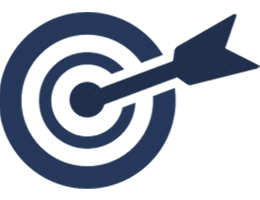
RESULTS AND EXPERIENCES
It is easy to work with a good system. However, to ensure that a system really works well, we had to master the program logic, and we had to learn to use each system and module connections. The software requires different, thinking work logic; routine task solving is not enough.
After learning these requirements, the work is really much easier. However, in order to say that we have obtained the right routine in the application of the program logic, it is still necessary to gather experience in the coming months.

The automations in the program and the workflow support have reduced the time spent on the task.
During the preparatory processing of the payroll accounting, the various data loading options help the colleagues work faster and more accurately. With the new program, we can reduce the amount of manual data collection and processing, so there is less chance for making mistakes.

INCREASING EFFECTIVENESS WITH THE PIRAMIS

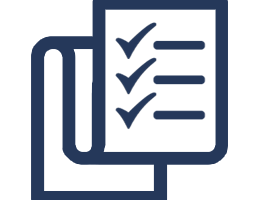
IT IS PLANNED…
Following the successful introduction, one of the planned tasks for 2009 is to examine how important it is to connect the process of payroll data sending with the general ledger in an integrated matter.

PREREQUISITES AND REQUIREMENTS FOR THE SUCCESSFUL INTRODUCTION
The introduction of a modern human-payroll system is a significant change in the life of an organization, considering especially that this is not just the replacement of an already well-known system or well-practiced manual methods and procedures with a new and unknown one, but it is very often associated with changes in the operational processes, and in some cases, with some slight changes in the organizational structure, as well.
The introduction of changes always results in smaller or greater resistance, and the main cause is the uncertainty and the fear of the new. Even during the first encounter with the software and in the various phases of the implementation, the service provider did his best to make the corporate staff feel that the selected software actually solves the lack of a non-modern human management system and the problems caused by it, which they experienced “on their own skin”. Therefore, the employees successfully identified themselves with the change because the new software resulted in satisfaction and was in harmony with their own interests and values.
For the successful closing of the project, both parties had to allocate the same amount of resources to carry out the project tasks. The maximum support and professionalism of the service provider was not enough, also we had to pay full attention to the project tasks. Practising the user knowledge gained in the training has given us enough routine to carry out the manual migration. The processing of the data at an appropriate level and quality served as a basis for the positive output of actual accounting.

CUSTOM NEEDS
The L-SOFT’s consultants have provided suggestions for the solution of the agreed needs identified during the situation analysis, and the most suitable one was chosen from among the setting options, which maps the needs of our company best. For example, the accounting solutions for the following needs had to be set in the system:
- special accounting of the benefits for apprentices;
- accounting for leaves with average wages;
- employer’s accounting of the Personal Income Tax of 2008 with the help of the new program;
- preparation of the NYENYI (Individual Recording Sheet of Pension Insurance) for 2008 using the new program.

RESULTS AND EXPERIENCES
It is easy to work with a good system. However, to ensure that a system really works well, we had to master the program logic, and we had to learn to use each system and module connections. The software requires different, thinking work logic; routine task solving is not enough.
After learning these requirements, the work is really much easier. However, in order to say that we have obtained the right routine in the application of the program logic, it is still necessary to gather experience in the coming months.

INCREASING EFFECTIVENESS WITH THE PIRAMIS
The automations in the program and the workflow support have reduced the time spent on the task.
During the preparatory processing of the payroll accounting, the various data loading options help the colleagues work faster and more accurately. With the new program, we can reduce the amount of manual data collection and processing, so there is less chance for making mistakes.

IT IS PLANNED…
Following the successful introduction, one of the planned tasks for 2009 is to examine how important it is to connect the process of payroll data sending with the general ledger in an integrated matter.

WHY PIRAMIS™, WHY L-SOFT?

